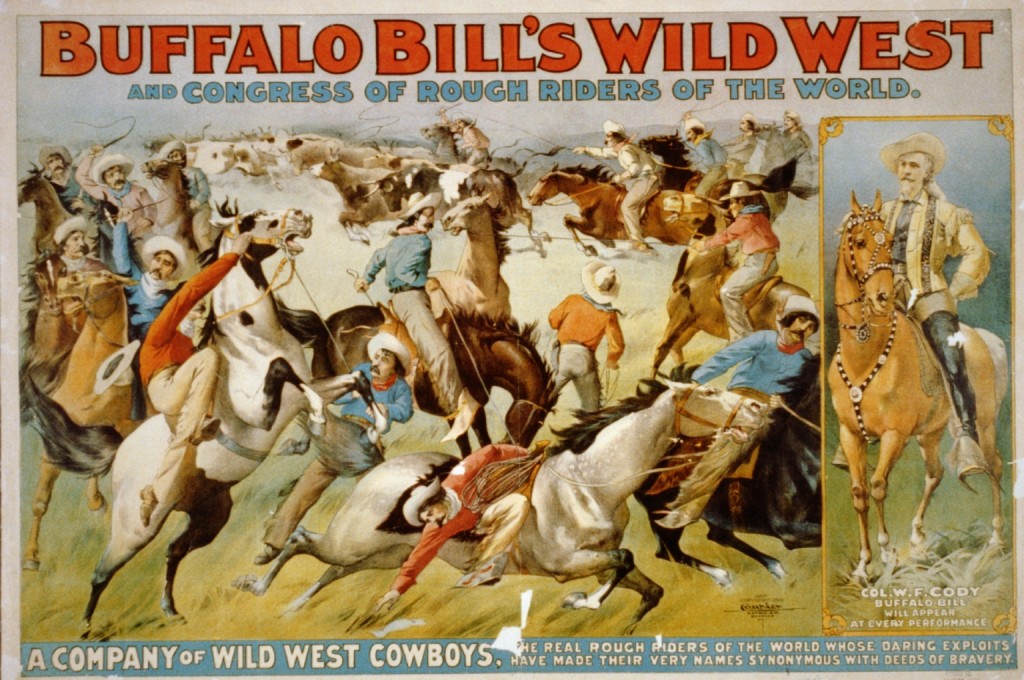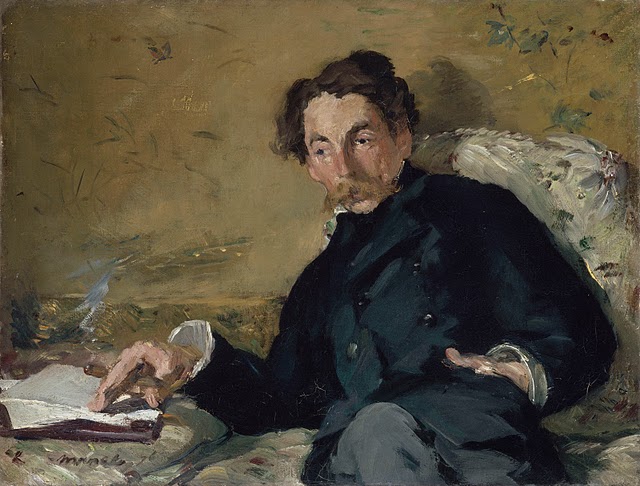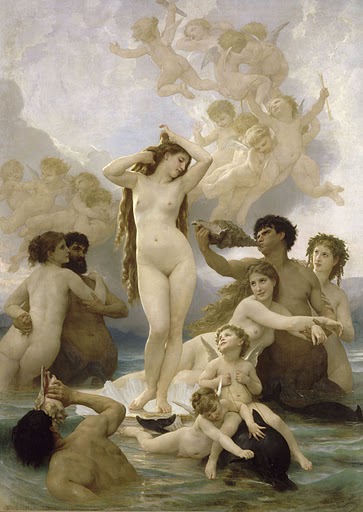
By Bob Hicks
So it’s happened. Oregon’s House of Representatives has officially endorsed the Code of the West, a business opportunity ridin’ hard out of the hills of Texas into the hearts of legislators from Cheyenne to Salem. A trademarked moral compass, as it were, ready-made for tryin’ times. Keep ‘er simple. Keep ‘er pure. And please buy the book.
Before the Code becomes part of Oregon law, the state Senate must also consider the bill. Bet on its passing. In tough times, this is quick and easy symbolism, roughly on the order of naming an official state lizard or proclaiming State Barleycorn Growers Appreciation Day. And basically as harmless, although the Code has whomped up a bit of consternation among people who point out that the settler ethic didn’t work out so well for, say, the native Americans who were here before the place was called the West. Or the Chinese and Japanese settlers who made the mistake of thinking they were free to carve out lives of their own on the frontier. Or the black families legislated brusquely elsewhere by Oregon’s strict exclusion laws.
Still. That was then and this is now. The cowboy code, if historically imperfect and a tad romanticized (and isn’t all history imperfect and much of it romanticized?) is not a perversely unreasonable document. It appeals to the virtues of good old-fashioned common sense. It’s also considerably shorter, easier to understand, and vastly more entertaining than the Oregon State Building Code. By comparison, the Code of the West is downright literature.

 Thank you,
Thank you,